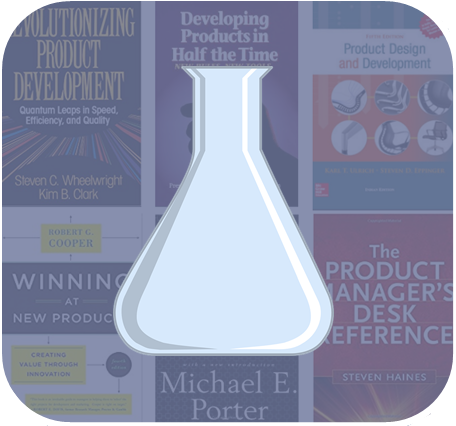Let’s analyze the journey taken by a piece of material as it moves through a plant.
There are 4 “states of being” for the material:
- Process
- The part is being worked on. It’s being machined, polished, spit-shined, whatever.
- Set-up
- The time the part is waiting for a resource, while the machine is being set up to work on the part.
- Queue
- The part is waiting in line while a machine or person is working on other parts. It’s probably sitting in a pile of other parts or sitting on a shelf somewhere. This is when the material is feeling most bored and lonely.
- Wait time
- The material is waiting for another part so they can be assembled. This is similar to queue, but different in that the wait is caused by another part, not by an unavailable resource.
Alex learns that QUEUE and WAIT actually make up the majority of time for much of the material in his factory. Here’s why.
- For parts moving through a bottleneck, the part sits in QUEUE a lot – waiting for that bottleneck to open up and work on it.
- For parts moving through non-bottleneck machines, the part sits in WAIT a lot – waiting to be assembled with other slower-moving parts.
Note that the bottleneck dictates both situations, causing parts to queue and to wait. (Those fucking bottlenecks, am I right?)
Because of this effect, Goldratt states that bottlenecks dictate both throughput AND inventory.
Now, let’s talk about FLOW. Flow is the movement of material through the factory. For flow to go faster, you want to cut down the time material spends in the factory. By the logic above, the easiest way to achieve this is to reduce queue and wait time.
There is a surprisingly effective way of reducing queue and wait time: smaller batches. To demonstrate this, here’s another real-life example.
You’re traveling with 9 friends. You go to the airport. You have to wait in the ticketing line and the security line. Is it faster to have all 10 of you do ticketing, then have all 10 of you go through security? Pretty annoying if you’re the first person through ticketing – do you really want to wait around for everyone else to get checked-in before going to security? Fuck no. You should proceed to security immediately as a “batch size” of 1 person.
In effect, smaller batches creates the ability to do things in parallel (security and ticketing are happening at the same time for your group). That saves time. Less time is faster flow.
OK this post is way too long. More on this to come…
